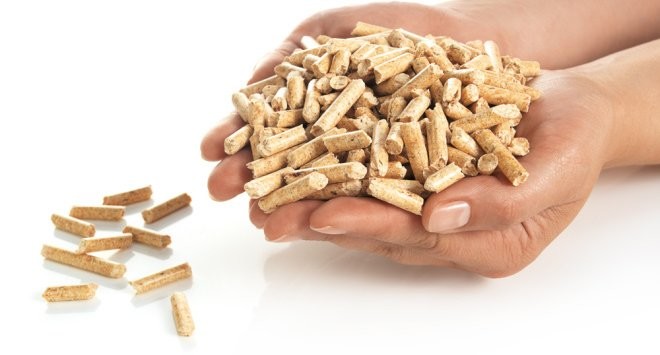In the pursuit of sustainable energy solutions, biomass pellets have emerged as a formidable contender, offering a promising avenue for transforming waste into valuable energy sources. These small, compacted forms of organic matter are gaining traction globally as a renewable energy option, efficiently utilizing biomass resources while reducing environmental impact. From agricultural residues to forest by-products, the versatility of biomass pellets holds significant potential in mitigating climate change and fostering a greener future.
The Rise of Biomass Pellets
Biomass pellets, typically composed of compressed organic materials such as wood, agricultural residues, or even municipal solid waste, have gained popularity due to their high energy density and ease of transportation and storage. By pelletizing biomass, these materials become more manageable and convenient for use in various applications, including heating, electricity generation, and industrial processes. The pelletization process involves drying and compressing raw biomass into dense pellets, enhancing their combustion properties and making them suitable for a wide range of energy conversion systems.

Sustainable Energy Solution
One of the most significant advantages of biomass pellets is their role in promoting sustainability. Unlike fossil fuels, which release carbon dioxide and other harmful emissions when burned, biomass pellets are considered carbon-neutral. The carbon dioxide emitted during combustion is offset by the carbon absorbed by the plants during their growth, resulting in a closed carbon cycle. Additionally, using biomass pellets helps divert organic waste from landfills, reducing methane emissions and minimizing environmental pollution. As governments and industries seek cleaner energy alternatives, biomass pellets offer a viable solution for meeting energy demands while reducing greenhouse gas emissions.
Economic and Environmental Benefits
The adoption of biomass pellets presents numerous economic and environmental benefits. By utilizing agricultural residues, forest residues, and other organic waste streams, communities can generate revenue from materials that would otherwise be discarded or left to decompose. This not only creates economic opportunities for farmers and forestry industries but also reduces the reliance on fossil fuels, thereby enhancing energy security and resilience. Furthermore, the production and use of biomass pellets contribute to local economies by creating jobs in the biomass supply chain, from harvesting and processing to distribution and combustion.

Challenges and Opportunities
Despite the advantages of biomass pellets, several challenges must be addressed to realize their full potential. The availability and sustainability of biomass feedstocks vary regionally, requiring careful planning and management to prevent depletion of natural resources and ecosystem degradation. Additionally, the efficiency and environmental performance of biomass pellet production and combustion technologies need continual improvement to minimize emissions and ensure optimal energy conversion. Investments in research and development are crucial for advancing pelletization techniques, enhancing energy efficiency, and reducing costs associated with biomass pellet production and utilization.
Conclusion
Biomass pellets offer a promising pathway towards a more sustainable and renewable energy future. By harnessing the power of organic waste materials, biomass pellets provide a renewable energy source that can reduce greenhouse gas emissions, mitigate climate change, and promote economic development. However, realizing the full potential of biomass pellets requires concerted efforts from policymakers, industries, and communities to overcome challenges and maximize opportunities for sustainable energy production and utilization. With innovation and collaboration, biomass pellets can be pivotal in transitioning towards a cleaner, greener energy landscape.




